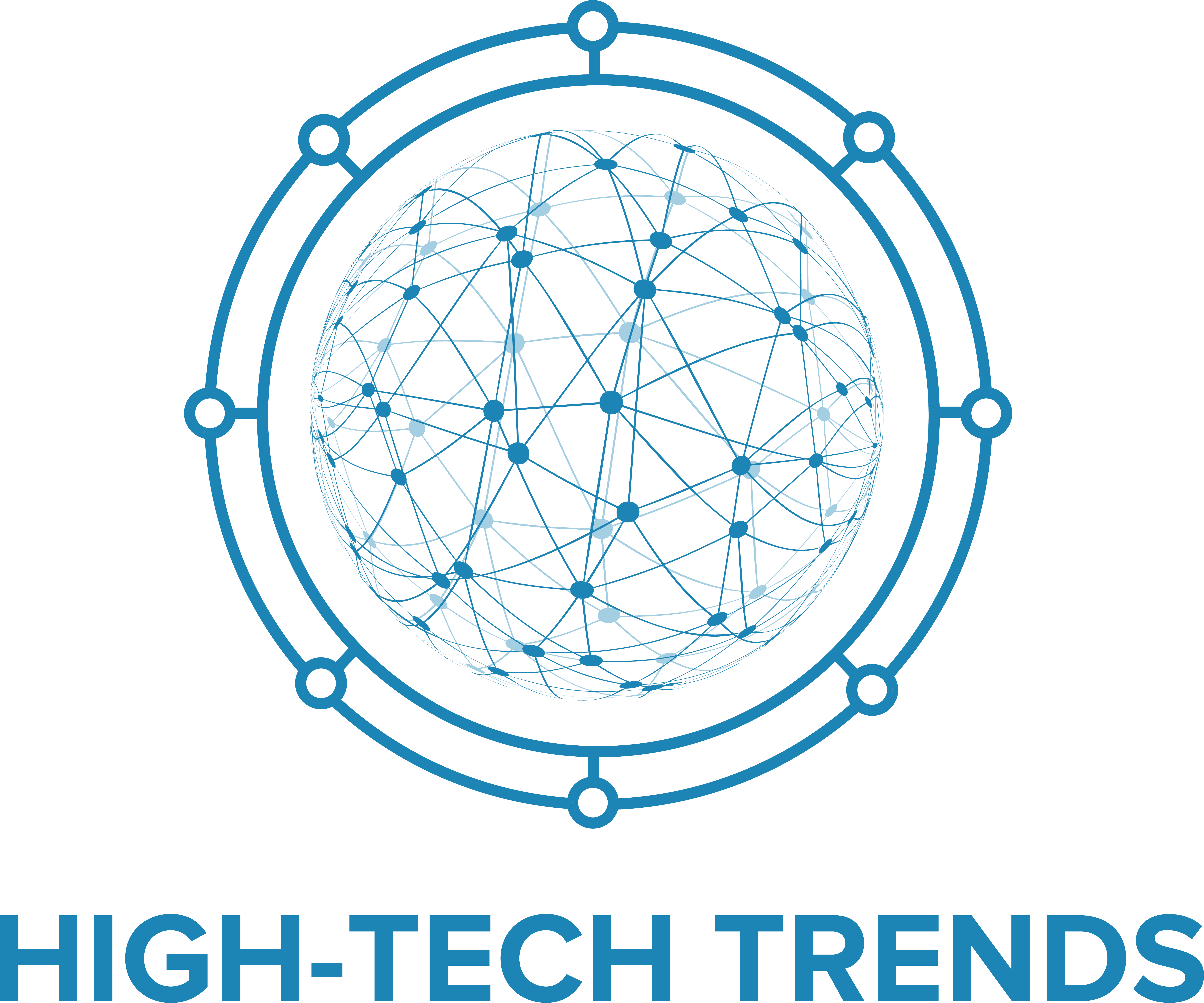In the competitive landscape of Software as a Service (SaaS), the freemium pricing strategy stands out as a pivotal method for attracting users and converting prospect interest into tangible revenue. This model, characterized by offering a basic service for free while charging for advanced features, has been a game-changer for many companies. Yet, its success is not a one-size-fits-all guarantee. This article delves into the essence of freemium pricing, its strategic considerations, popular models, and helps you determine if it’s the right approach for your business.
Table of Contents
The Essence of Freemium Pricing
Freemium pricing is a dynamic strategy that combines free access to a product’s core features with the option to upgrade to a premium version with enhanced functionalities. The model’s cornerstone lies in its ability to draw a broad user base with its free offerings, hoping to impress them enough to convert to paid versions. Despite the allure of “free,” the transition from free to paid users hovers around a modest conversion rate of 2-5%. Nevertheless, when executed thoughtfully, a freemium strategy can be both profitable and effective.

Strategic Considerations for Adopting Freemium
Before jumping on the freemium bandwagon, several critical factors demand your attention. These include:
Estimating Freemium Customer Acquisition Cost (CAC): Understanding the cost associated with acquiring a freemium user is crucial. Even though they’re non-paying, resources are still expended to support and market to them. Balancing these costs against the potential revenue from conversions is vital.
Comparing CAC to Customer Lifetime Value (CLV): Your freemium strategy’s viability hinges on ensuring that the CLV of freemium users surpasses the CAC. This comparison will indicate whether the freemium model aligns with your business’s financial health.
Being Mindful of Expenses: Beyond acquisition costs, consider other operational expenses. The sustainability of a freemium model depends on whether it can generate enough revenue to cover all business costs, not just those directly tied to customer acquisition.
Popular Freemium Models
Freemium pricing can manifest in various forms, each with its unique approach to attracting and retaining users. The most notable models include:

Traditional Freemium: This classic model offers a free, basic version of the product alongside one or more premium versions. It relies on the quality and utility of the free version to entice users towards paid upgrades. For instance, HubSpot provides a free CRM with the option to access more comprehensive tools at a premium.
Freeware 2.0: Here, the core product is available for free, with monetization occurring through the sale of add-ons. Skype exemplifies this model by offering its base features for free while charging for additional services like international calling.
Network Effect: This model doesn’t focus on converting users to paying customers. Instead, it attracts a large user base to monetize through avenues like advertising or data selling. Spiceworks operates under this model, offering all plans for free and generating revenue through advertising.
Ecosystem: Under the ecosystem model, a free platform or product is provided, with revenue generated from third parties offering their products or services within that ecosystem. iTunes was a classic example, allowing users to manage their music libraries for free while facilitating purchases from third-party vendors.
Is Freemium Right for Your Business?
Adopting a freemium model requires a delicate balance between offering enough value to attract users and maintaining a sustainable business model. Considerations include the cost of supporting free users, the potential for revenue diversification, and the strategic alignment with your business goals. Freemium can significantly drive interest and user engagement but necessitates careful planning and execution to ensure it translates into profitable customer relationships.

In conclusion, the freemium pricing strategy offers a viable pathway for SaaS businesses to expand their user base and foster brand loyalty. By carefully evaluating the model’s fit for your product and ensuring it aligns with your financial objectives, you can leverage freemium pricing to not just attract users but convert them into loyal, paying customers. Whether you’re a budding startup or an established player, understanding and implementing a tailored freemium model could be the key to unlocking growth and sustainability in the digital age.
————
Are you determined to elevate your business and transform your online presence into a conversion powerhouse? It’s time to take a decisive step forward! Working with the market’s leading conversion wizard isn’t just an option; it’s a strategic move toward achieving your digital marketing goals. Contiant isn’t just a service provider; we’re your partner in success, leveraging cutting-edge strategies and personalized insights to ensure your business stands out in a crowded digital landscape. Choose Contiant, and unlock the full potential of your online efforts. Let’s create something remarkable together.
https://www.contiant.com/





